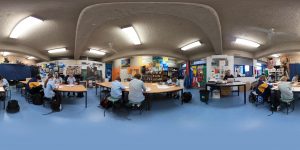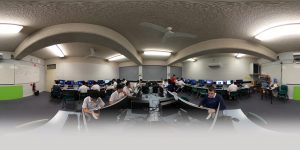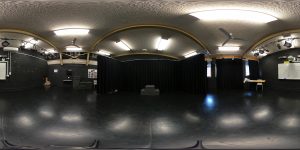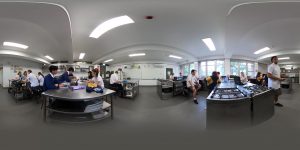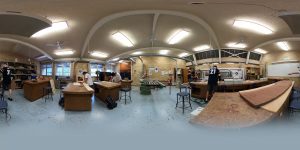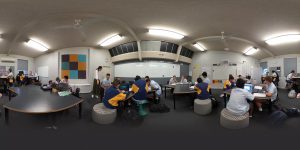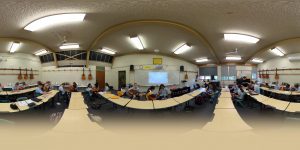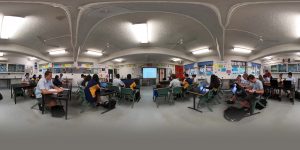BYOD

BYOD, or "Bring Your Own Device" refers to technology models where students bring a personally owned device to school for the purpose of learning.
Model Farms High School made the decision, after extensive research and community consultation, to move to a BYOD environment. Examples of this research included:
- The devices are a significant part of students’ lives. Many authors point out that these devices are a very significant part of students’ lives (Clifford, 2012, p. 1) (Sheninger E., 2011) (Lee, BYOT, 2012) (Sweeney, 2012) (Walling, 2012). Some of these authors argue that as these devices are integral to the world in which these students live, they should be integral to their learning lives and their use will make learning part of their lives.
- 21st century skills are cited by many authors as a justification for the BYOD. “We have come to a time when we need to accept the fact that the concept of 21st century skills is no longer a progressive phase to latch onto but a reality that we need to instil into our school systems” (DeWitt, 2013, p. 1).
- More personalised, student centred learning is often cited as a reason for BYOD (Alberta Education, 2012) (Argueta, Huff, Tingen, & Jenifer O. Corn, 2011). “Bring your own device puts students in a position of power over their learning. Many educational researchers argue that giving students the authority over their own learning is best: the teacher becomes a manager of learning, rather than a direct source of information” (Clifford, 2012, p. 2). “Such devices, in the hands of every student, afford seamless learning opportunities that bridge the formal learning in schools with the informal, outside of classrooms and schools” (Alberta Education, 2012, p. 5). Many argue that this and the ability to use their own device, leads to increased motivation and engagement.
- The cloud “is ideal for core apps which are free or inexpensive such as Google and Zoho” (Livingston, 2012, p. 1). The cloud enables any student with a device able to browse the web to store and share information and access applications.
- The Speak Up surveys in the US (Project Tomorrow, 2012) found that “87% of parents say that the effective implementation of technology within instruction is important to their child’s success (50% label it as “extremely important”) (p 1).






